(00:00):
A stinger is a simple animation typically used in broadcast or live streaming to cover a transition between two locations or types of events. For example, from the news desk to the outdoors or the live event to the replay, or anytime you want to indicate a significant change to the viewer. In my live show, I use them to transition from the pre-show countdown to the live show itself and then again at the end to the post-show video, and I might use them for ad inserts or intermissions as well. To run a stinger on a Blackmagic ATEM without investing in an expensive Hyperdeck with dual channel video playback, you can simply play back a series of PNG files as an image sequence. How you do that depends on the ATEM model you have. Higher-end models like this Production Studio 4K have Clip Stores, which can store image sequences that play back like a video automatically.
(00:51):
To be clear, this doesn't store video – even on these high-end ATEMs, you're still working with image sequences. The ATEM Mini lineup, however, including the ATEM Mini Extremes, unfortunately don't have Clip Stores, but do have a Stills Store which can hold up to 20 still images. These are meant to hold background images or lower thirds, however you can use those 20 frames however you like. While a stinger is easier to set up in the higher end models that have Clip Stores, you can actually use the Still Store in an ATEM Mini to run a stinger by building a macro that plays each frame from the Still Store in sequence one frame at a time. You're limited to only 20 frames, and since you probably want to keep a few frames open for other graphics used, your stingers may only be like 15 or 18 frames long, but that's long enough.
(01:36):
Stingers are meant to be quick. A full second long Stinger would be a pretty long interruption to your program. In this video, I'm not going to show you how to build that macro. Others have done this already and I'll link to some of their videos at the end. In this video, I'm going to show you how to build the stinger and DaVinci Resolve and export it for the ATEM. The technique itself isn't new. In fact, I learned how to do this from a Mr.AlexTech video from a few years ago, but in his tutorial he showed how to export it as a video for OBS, while I'm showing how to do this as a still sequence for your ATEM. If you like tips like these for your ATEM, be sure to subscribe so you don't miss any new ones. Alright, let's do this.
(02:13):
This is basically what we're going to build an animation that draws on this image and then draws it back off again. So the first thing we need to do is create a new timeline and that timeline needs to be at the exact same resolution and frame rate that your ATEM is set up for the live show. I'm doing mine at Ultra HD and at 25p, so that's all set. Now, we'll add a graphic. You can use any still images or video for this. I've got this image that I pulled off of Pexels and this is going to work out great. Now obviously it's vertical, so we need to rotate that. Let's give it a quick minus 90 degree rotation and I'll scale that up to fill the canvas. Next, let's set the duration of this. My stinger is going to be one second long, so I'll go to the duration setting and set it to one second.
(02:54):
You can make this any duration you want, but of course, keeping in mind that if you're doing this on the ATEM Mini, you've got a limit to how many frames it can be. Now we need to add a transition. You can't use any of the standard transitions. In fact, you have to scroll down and use just the Fusion transitions. There's quite a few in here and you can just slide over them to preview 'em. Some of them work really well, some of them not so good, but there's one down here that I really like called Paint On. I'll grab that transition and drag it onto the clip. You can see what this looks like, it just kind of paints onto the scene, but of course you can make a lot of changes to that. So with the transition selected up in the inspector, we can change the brush style.
(03:30):
I like this streaky one, and you can change the size of that. Let's just scrub this over so we see the paint on… there we go… and you can change the angle of it as well. So I'm going to change the angle to kind of match the stripes of the background. That looks pretty good and that's about all I want for it. You can have a different transition ON and OFF. I'm going to use the same one for the OFF, so I'll just option-drag this over so I have the same transition off. As I step through here frame by frame, you can see that you get to a point where the image is completely covering the scene and then it starts to draw off again, depending on the transition you're using, you might need to have a gap in here of a frame or two so that you ensure that you have something completely covering,
(04:09):
or in this case it doesn't really matter because the way the transition is, it looks like there's always going to be a couple frames that are solid, so I'm good there. Now, one thing that I don't want is this totally static still thing going on there, so I'm going to actually animate this just a little bit by going to the video tab, going to Dynamic Zoom and turning that on, and I'm going to swap that because I want that to zoom in. And here's what my transition is going to look like. Pretty cool! If we just rendered this out right now however, the black background would render to black, so this is the magic trick. This is what you need to know how to do. Select the transition, right-click on that, and choose Open in Fusion Page. Right now we're seeing it as transparency, but that's transparency to the previous clip, not to nothing, so we need to set it up so that it can go transparent to nothing.
(04:53):
The way we do that is by replacing the MediaIn with a new background layer. To do that, simply drag the background layer on top of media in, it'll ask if you want to replace it, click okay, and then with that background one selected, go to the alpha channel and drag that down to zero. So now it looks the same as it did before, but now it's actually transparent. That's it. Let's go to the edit page. Go to the other transition, right click on that. Once again, choose Open in Fusion Page and we're doing the same thing, but now to the MediaIn2. That's for the transition out. Drag it on to replace MediaIn2, click OK, take the alpha down to zero, and again, we can see what that's going to look like. That's all there is to it, even though it doesn't look any different on the timeline,
(05:39):
if we were to put something underneath it – let's just say I'll go over here to the generators and add in a quick color gradient underneath it – you can see that we actually have transparency to that color gradient. I'll delete that and now we're ready to export. On the Deliver Page, we'll go up to Custom Export… give it a file name… I like to use the token, so I just hit % and then I'll start typing in “timeline name”… there we go, and for the location, I'll just put it on the desktop in a folder called “stinger”. Under the video section, you change the format from QuickTime or whatever it's set to, to PNG. 8-bits works out just fine for this and the resolution should automatically be set and make sure you enable Export Alpha. That's what's going to give you that transparency. That's all you got to do.
(06:23):
Add to Render Queue and render that out. It should go pretty quickly since it's just a few frames. Now to preview that, here's what they look like! There you can see the transparency as the image draws on, and that's what our stinger is going to look like. Now that you have the image sequence, you can load it into the ATEM. On a model with a Clip Store, you simply drag the image sequence into a Clip Store and let it load. While on the ATEM Mini, you need to add each frame one at a time to the Still Store. From there, you'll build a macro to play them back and as promised, here's a playlist that includes how to do that. There's also a video on that playlist from Blackmagic that shows how to set up the stinger on the larger ATEMs. If you're not already familiar with it, I don't think I need to do my own video on how to do that, but if you want me to let me know in the comments. Here's another playlist full of all my older ATEM Mini tips if you haven't seen those. Thanks for watching and see you in the next video.
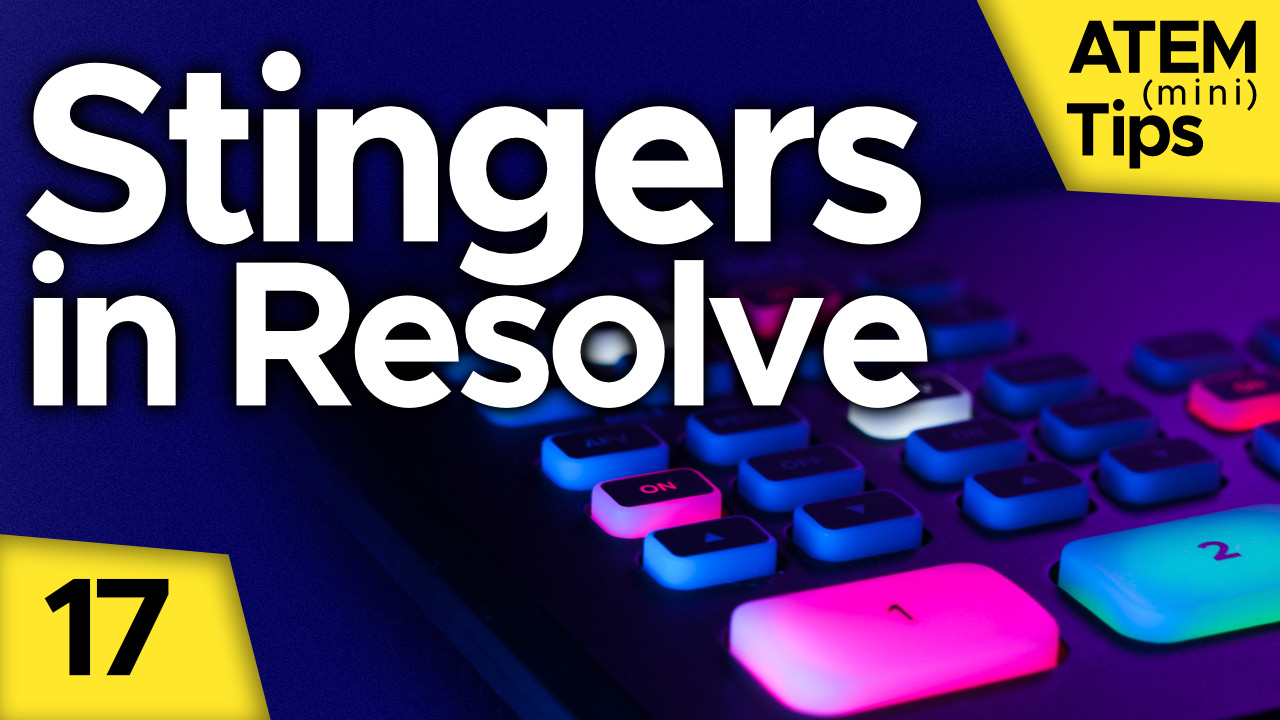
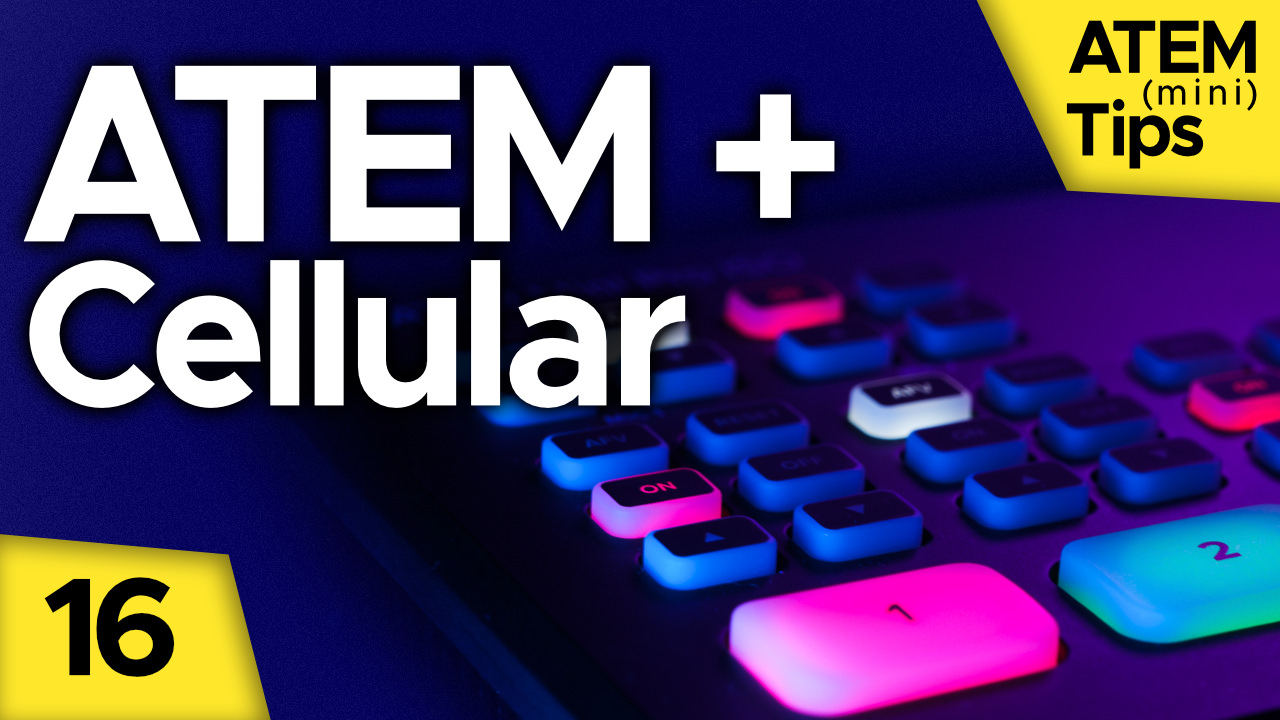
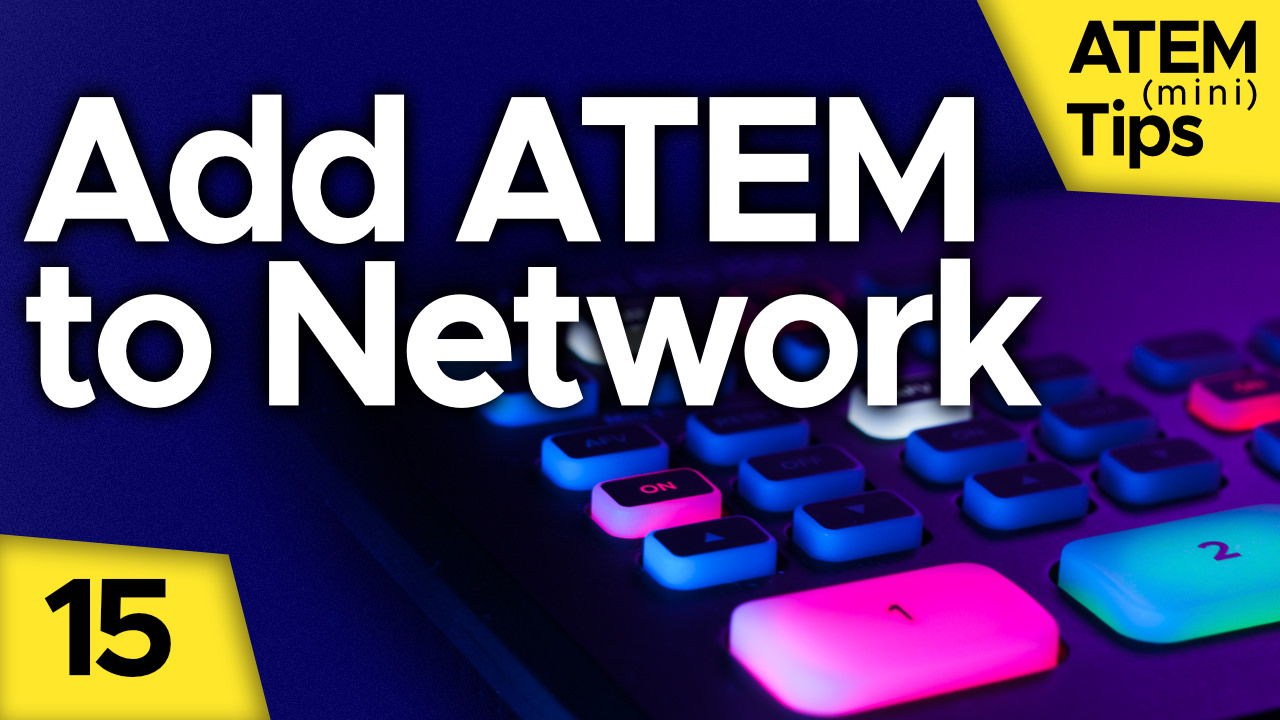
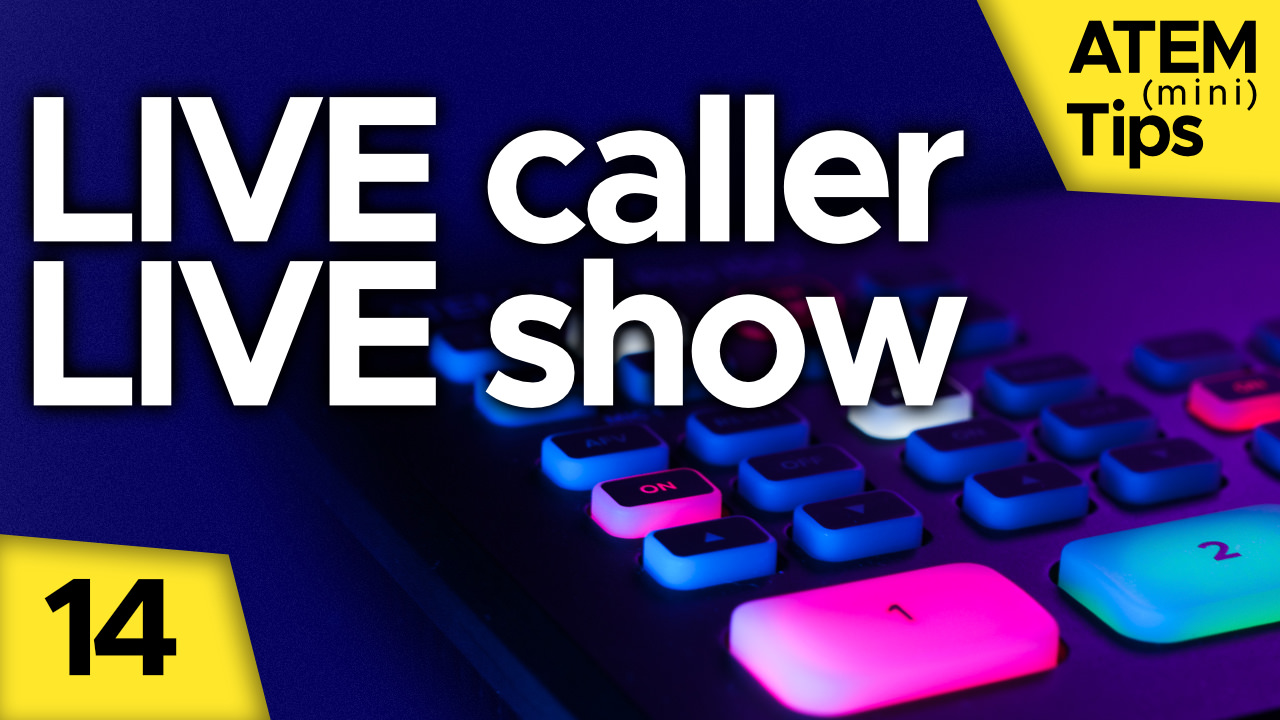
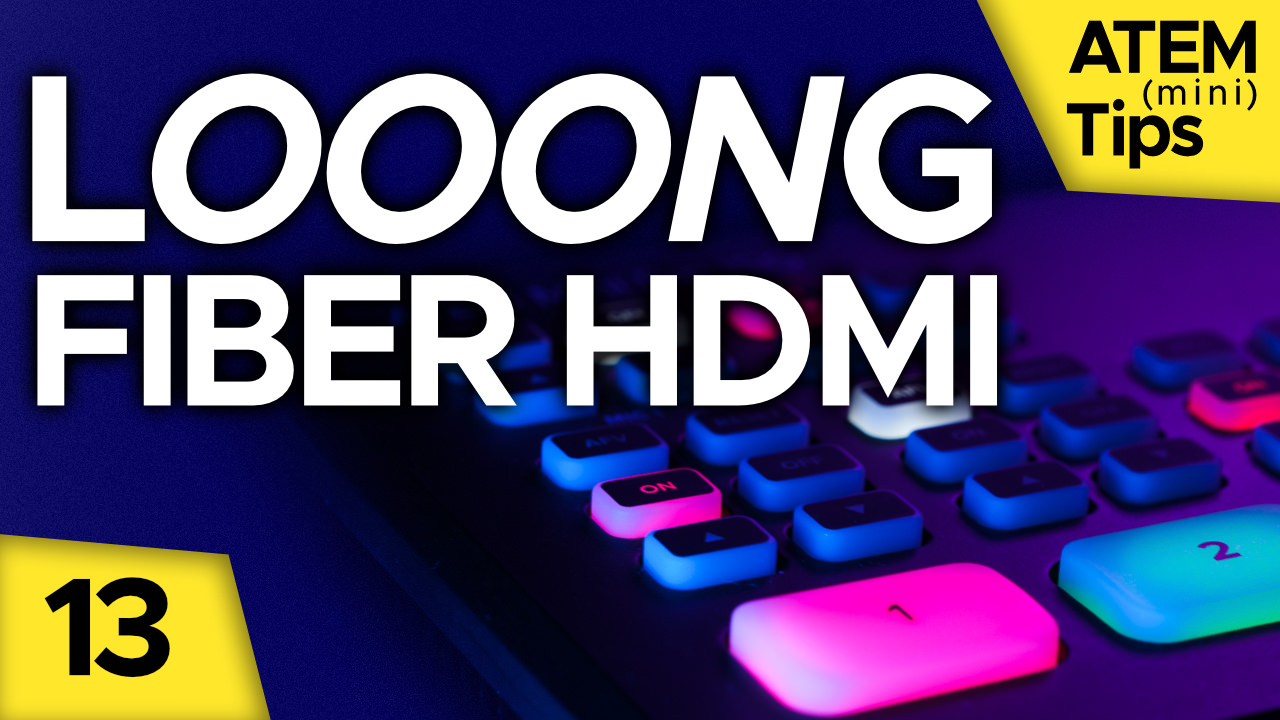
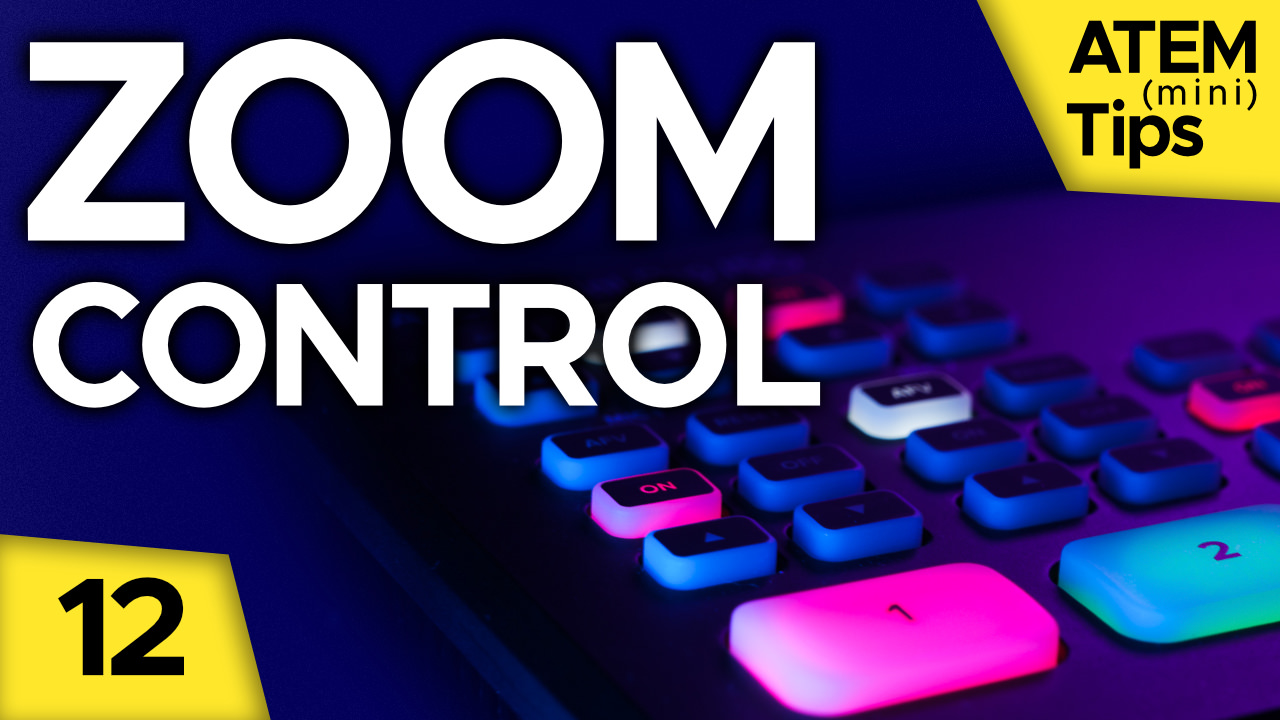
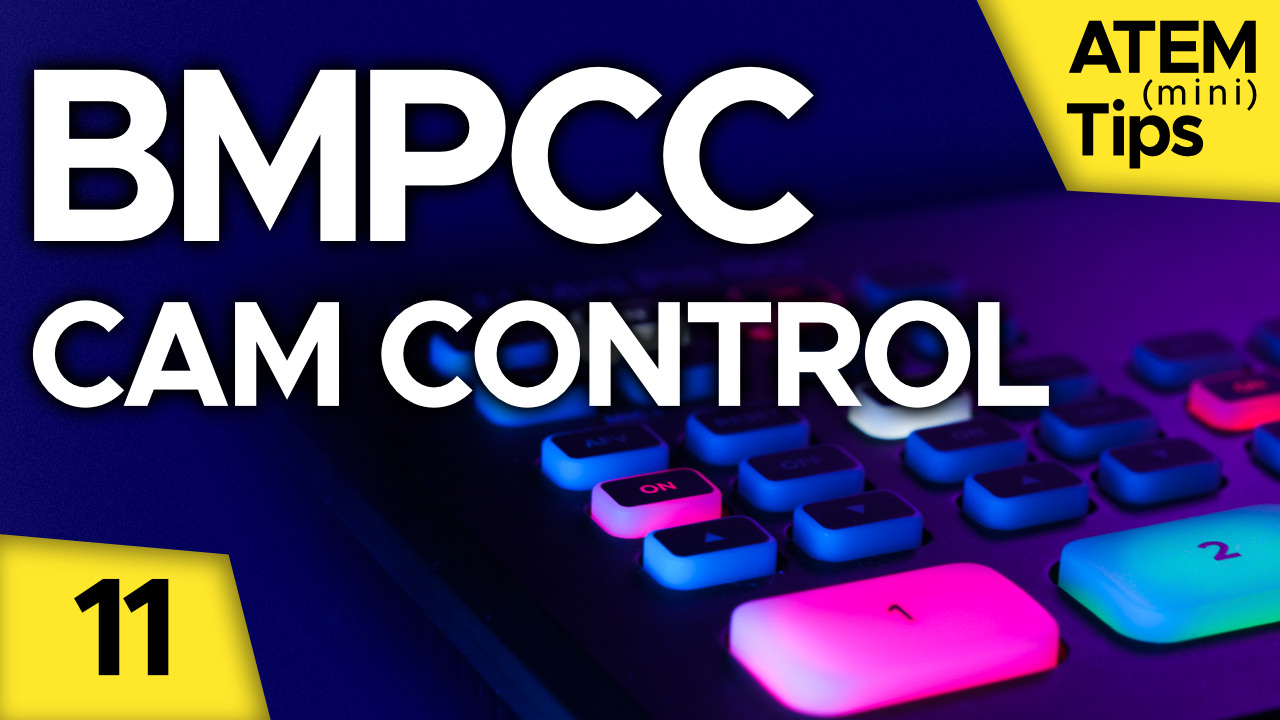
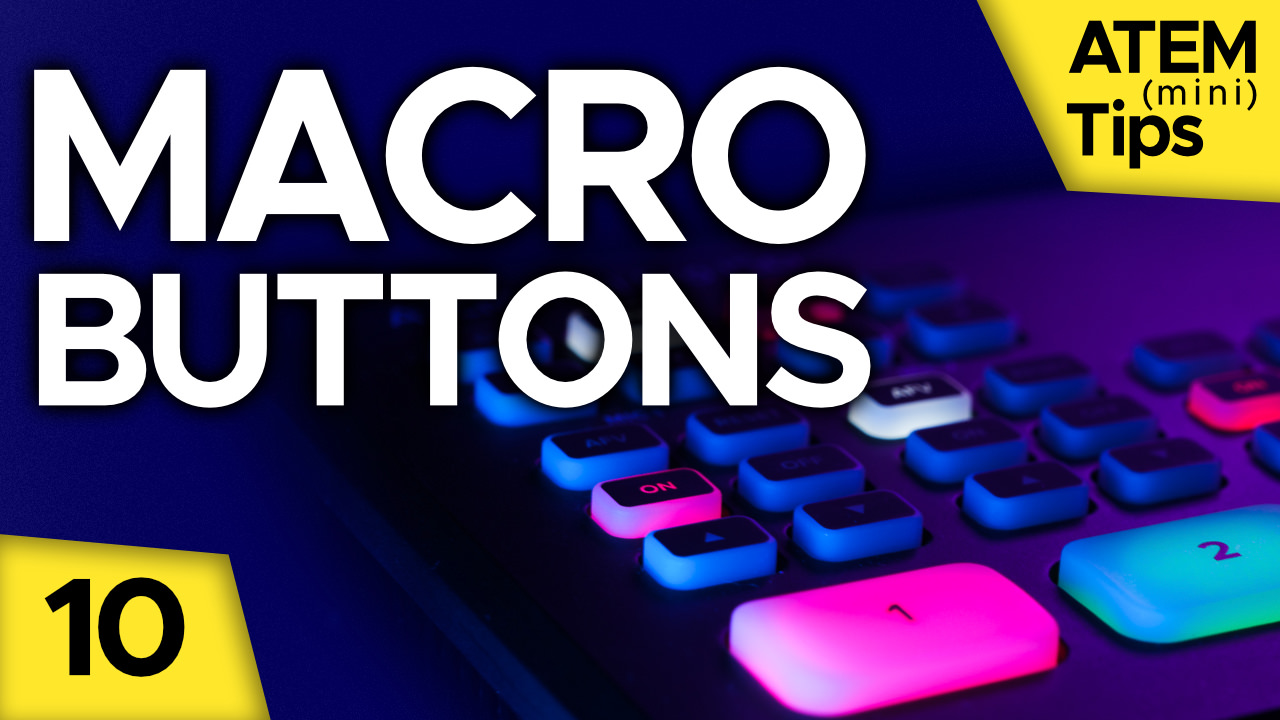
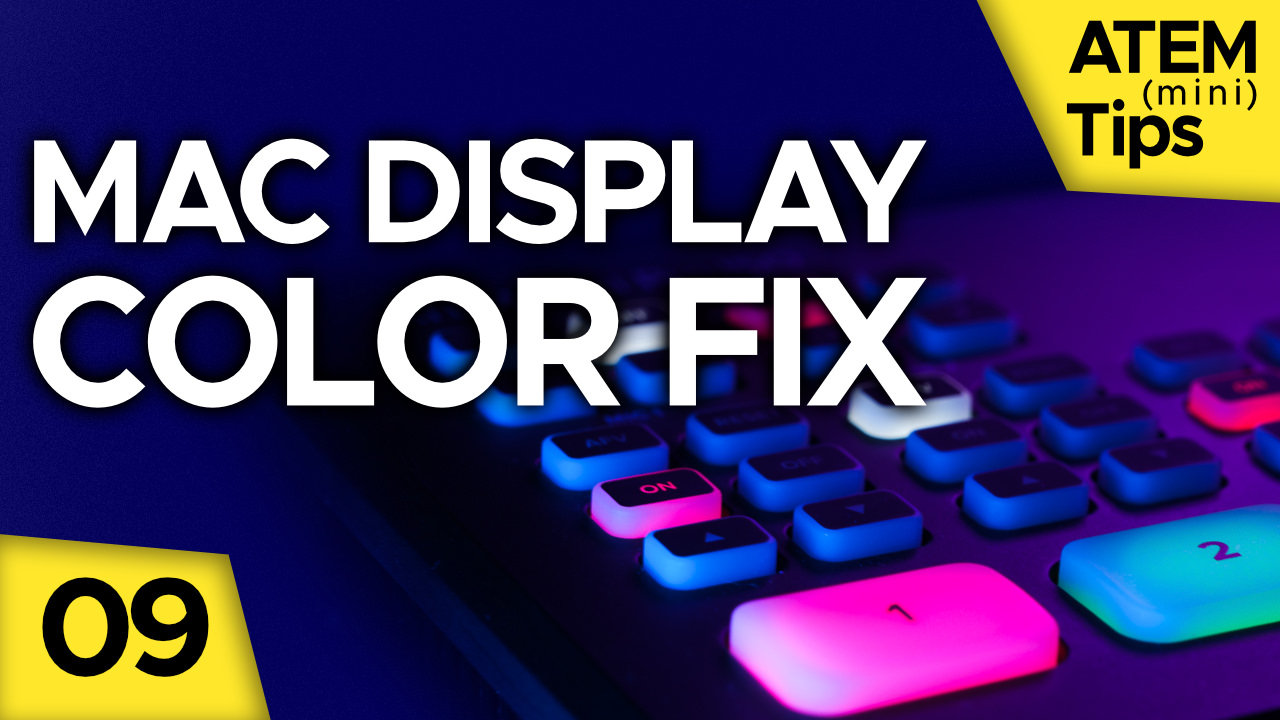

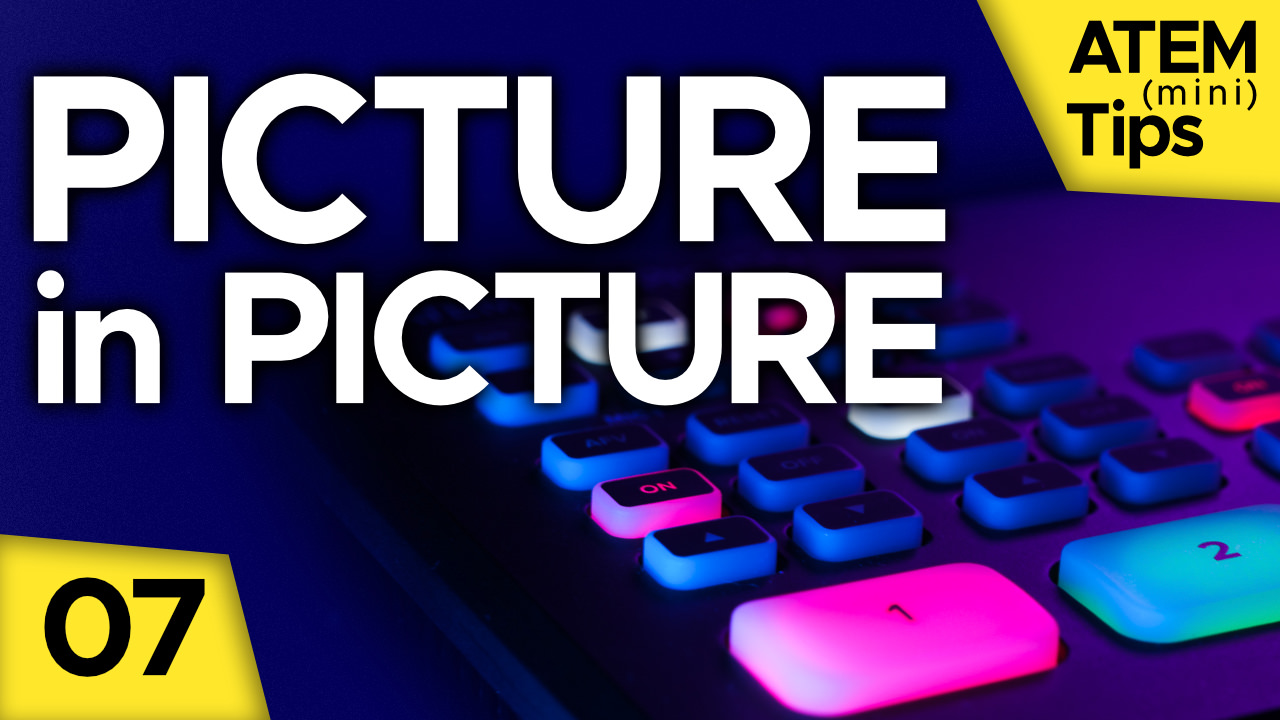
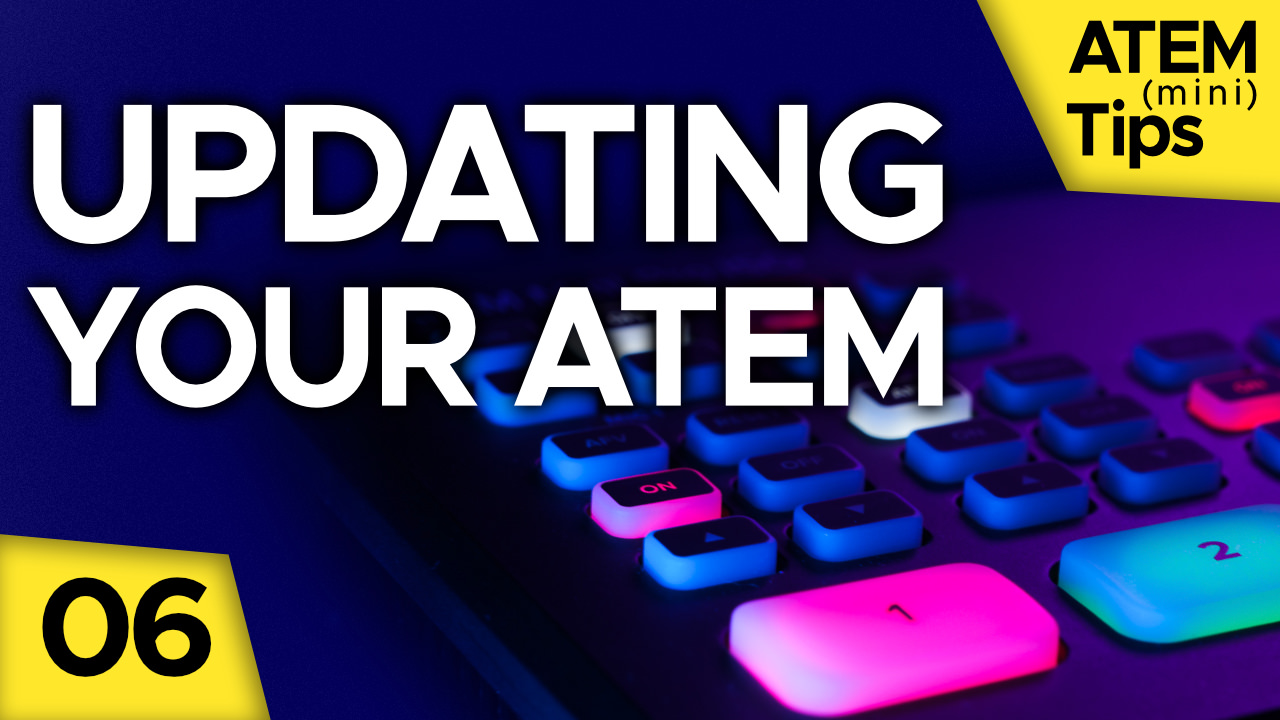
Comments from YouTube